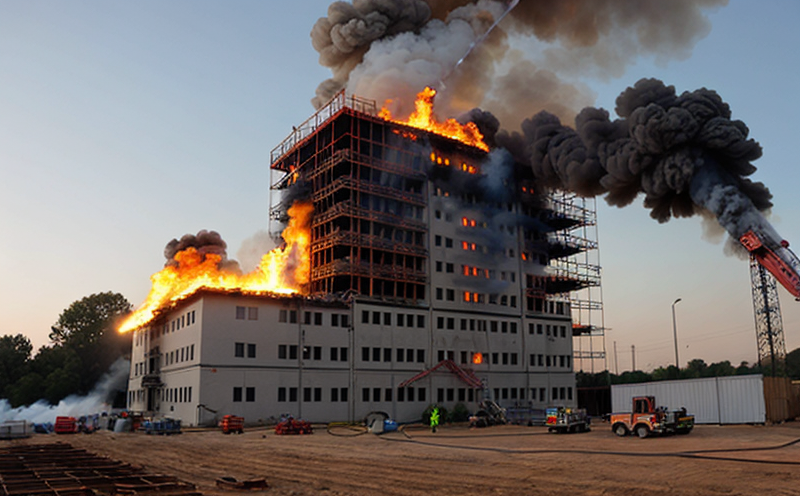
-
Fire Safety and Prevention Standards-
Fire Safety Legislation-
Implementing Fire Safety Legislation in Construction Projects
We provide comprehensive solutions designed to help our clients mitigate risks, enhance performance, and excel in key areas such as quality, health & safety, environmental sustainability, and social responsibility.
Discover
For many years, our organization has been operating successfully, boasting modern laboratories that meet international standards. These laboratories are equipped with the latest technology devices and equipment, and we have built a strong team of experienced and trained personnel to operate them.
DiscoverWelcome to Eurolab, your partner in pioneering solutions that encompass every facet of life. We are committed to delivering comprehensive Assurance, Testing, Inspection, and Certification services, empowering our global clientele with the ultimate confidence in their products and processes.
Discover
-
Fire Safety and Prevention Standards-
Fire Safety Legislation-
Implementing Fire Safety Legislation in Construction ProjectsImplementing Fire Safety Legislation in Construction Projects: A Comprehensive Guide
The construction industry is a high-risk sector when it comes to fire safety. With the presence of flammable materials, electrical equipment, and open flames, the potential for fires is always present. However, with the implementation of effective fire safety legislation, the risks can be mitigated, and lives can be saved.
In this article, we will delve into the importance of implementing fire safety legislation in construction projects. We will discuss the relevant laws and regulations, provide guidance on how to comply with them, and offer detailed explanations of key concepts in bullet points. Finally, we will address frequently asked questions related to fire safety legislation in construction projects.
The Importance of Fire Safety Legislation
Fire safety legislation is essential for ensuring that construction projects are designed and built with the necessary safeguards to prevent fires from occurring. The consequences of a fire on a construction site can be devastating, resulting in loss of life, property damage, and economic losses. Moreover, non-compliance with fire safety legislation can result in fines, penalties, and reputational damage.
In many countries, fire safety legislation is governed by national or regional laws, regulations, and standards. For example, in the United States, the Occupational Safety and Health Administration (OSHA) regulates workplace fire hazards, while in the European Union, the Construction Products Regulation (CPR) requires construction products to meet specific fire safety requirements.
Key Concepts in Fire Safety Legislation
Identify all potential sources of ignition, including electrical equipment, hot works, and smoking materials
Evaluate the presence of combustible materials, including building materials, fuels, and lubricants
Assess escape routes and emergency exits to ensure they are accessible and free from obstacles
Determine the fire extinguishing system and its capacity to respond to a fire incident
Establish clear roles and responsibilities for fire safety management
Define procedures for fire prevention, detection, and response
Identify training requirements for personnel involved in fire safety management
Outline the process for reviewing and updating the plan
QA Section
1. What is a fire risk assessment?
A fire risk assessment is a systematic evaluation of potential fire risks on a construction site.
2. Who should conduct a fire risk assessment?
A competent person, such as a fire safety officer or an engineer, should conduct a fire risk assessment.
3. What are the key components of a fire safety management plan?
The key components include establishing clear roles and responsibilities for fire safety management, defining procedures for fire prevention, detection, and response, identifying training requirements for personnel involved in fire safety management, and outlining the process for reviewing and updating the plan.
4. What is the purpose of a fire extinguishing system on a construction site?
The purpose of a fire extinguishing system is to respond to a fire incident by suppressing or extinguishing the fire.
5. Who should be responsible for maintaining fire safety equipment on a construction site?
The contractor, client, or owner of the construction project should be responsible for maintaining fire safety equipment.
Conclusion
Implementing fire safety legislation in construction projects is crucial for ensuring that sites are designed and built with necessary safeguards to prevent fires from occurring. By understanding key concepts such as fire risk assessment and fire safety management plans, construction professionals can minimize risks, protect people and property, and comply with relevant laws and regulations.

Food Safety and Testing
Food Safety and Testing: Ensuring the Quality of Our Food As consumers, we expect our food to be sa...

Lighting and Optical Device Testing
Lighting and Optical Device Testing: Ensuring Performance and Safety Lighting and optical devices a...
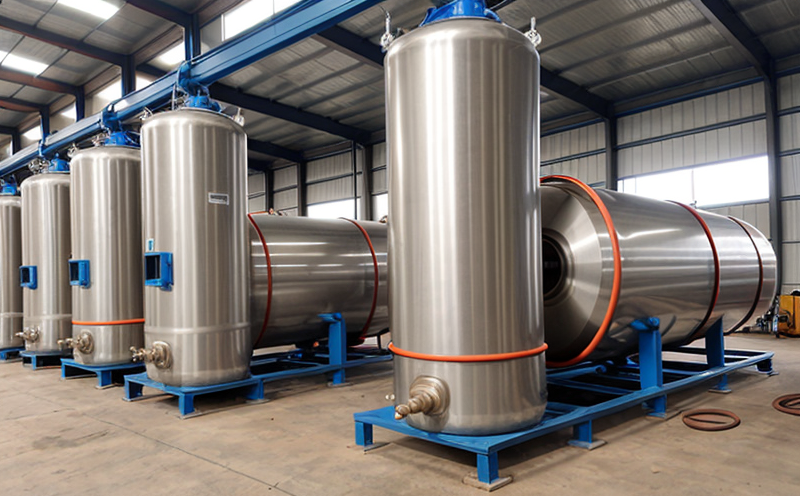
Pressure Vessels and Installations Testing
Pressure Vessels and Installations Testing Pressure vessels are a critical component of various ind...
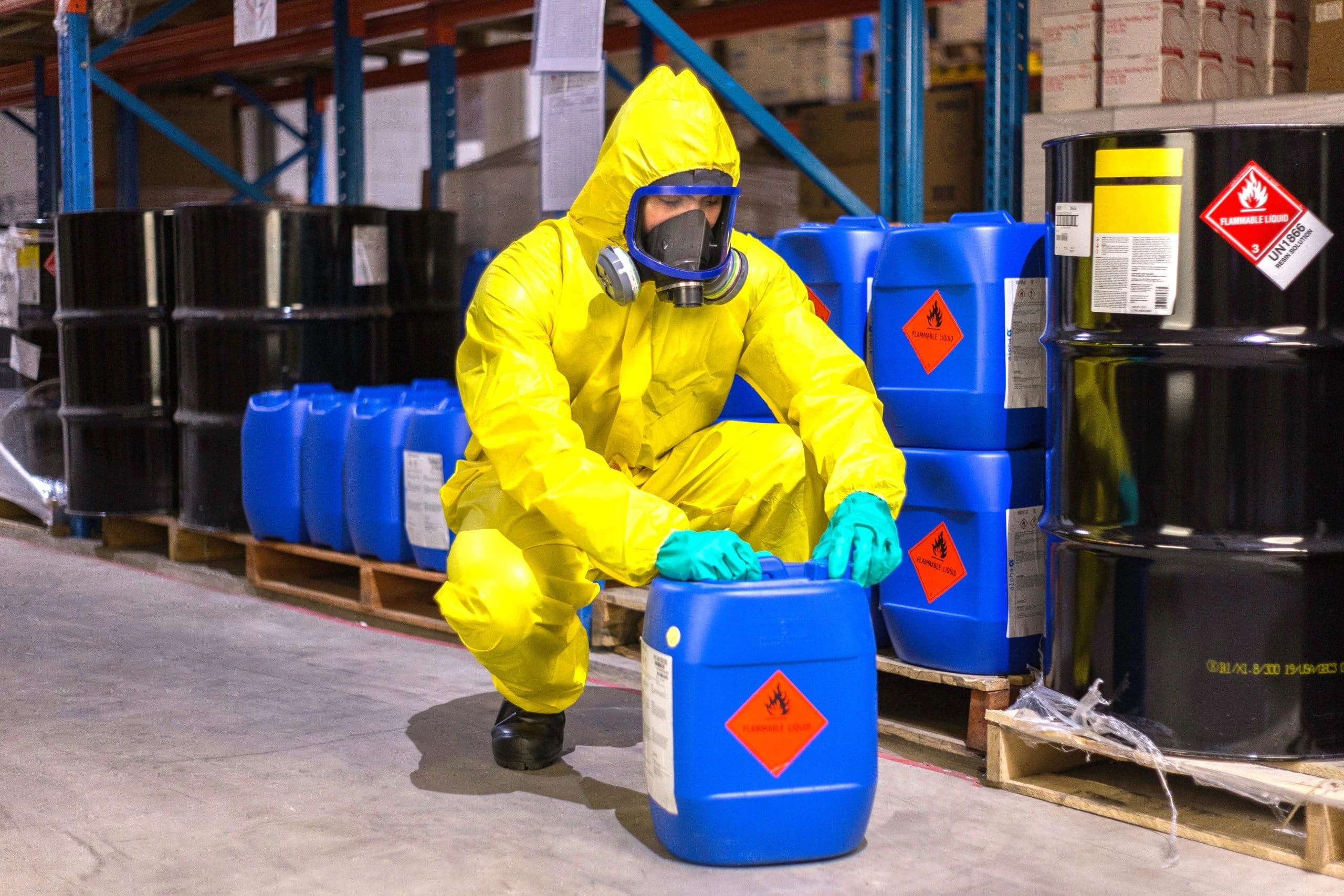
Chemical Safety and Certification
Chemical safety and certification are critical in ensuring the safe management of products and proce...
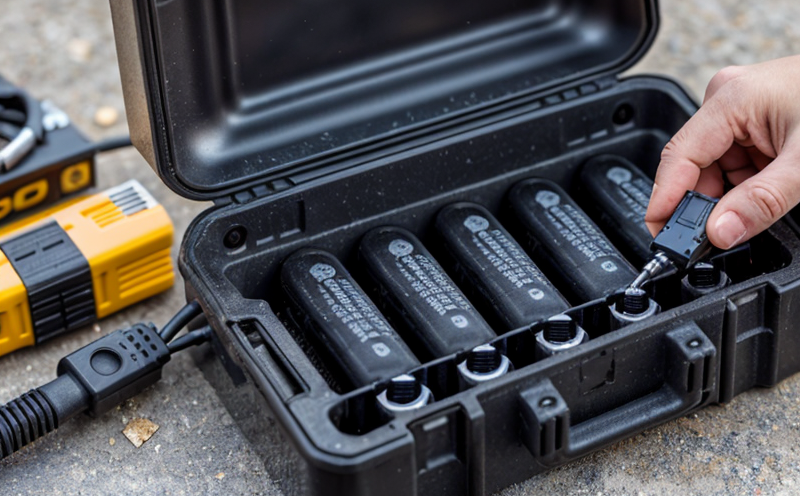
Battery Testing and Safety
Battery Testing and Safety: A Comprehensive Guide As technology continues to advance, battery-power...
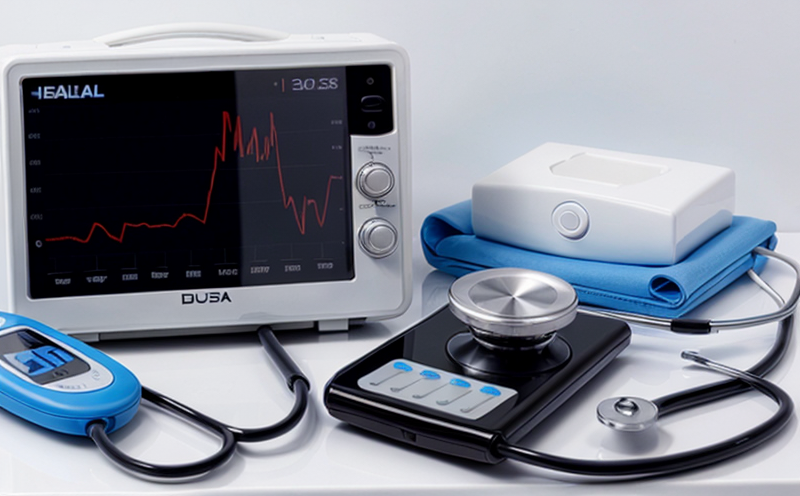
Healthcare and Medical Devices
The Evolution of Healthcare and Medical Devices: Trends, Innovations, and Challenges The healthcare...
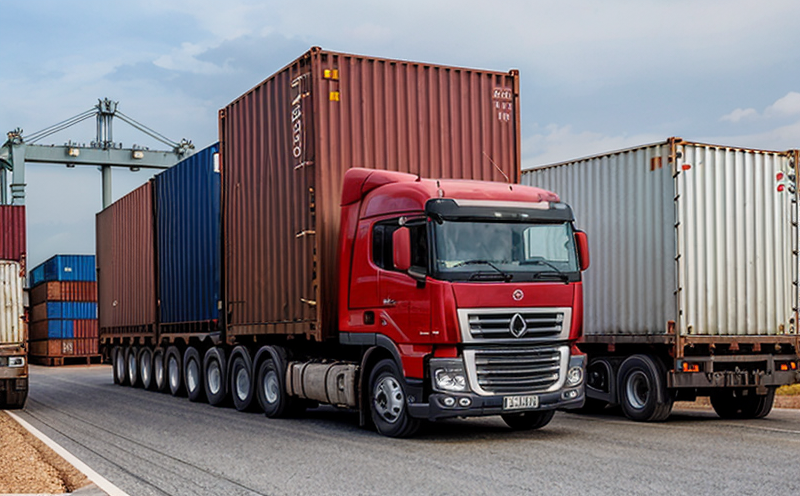
Transportation and Logistics Certification
Transportation and Logistics Certification: A Comprehensive Guide The transportation and logistics ...

IT and Data Center Certification
IT and Data Center Certification: Understanding the Importance and Benefits The field of Informatio...
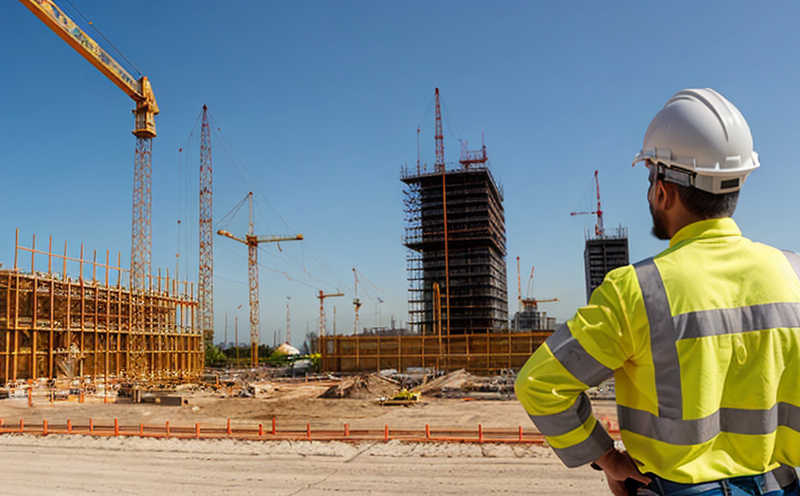
Construction and Engineering Compliance
Construction and Engineering Compliance: Ensuring Safety, Quality, and Regulatory Adherence In the ...
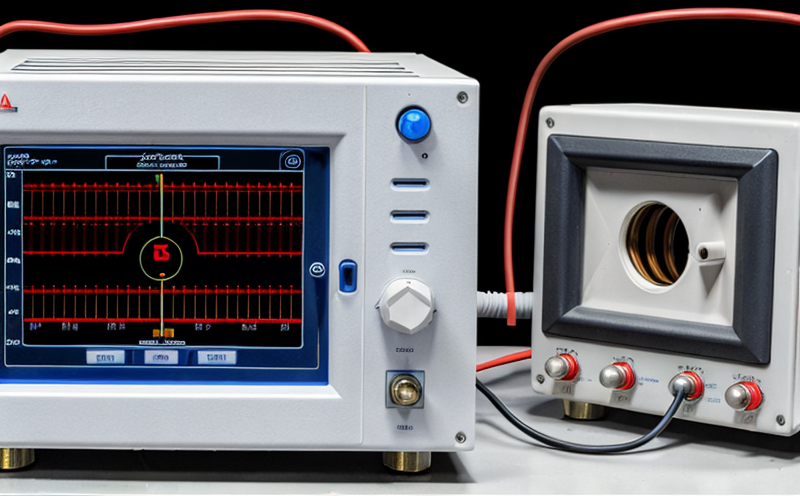
Electrical and Electromagnetic Testing
Electrical and Electromagnetic Testing: A Comprehensive Guide Introduction Electrical and electrom...

Product and Retail Standards
Product and Retail Standards: Ensuring Quality and Safety for Consumers In todays competitive marke...

Railway Industry Compliance
Railway Industry Compliance: Ensuring Safety and Efficiency The railway industry is a critical comp...

Aviation and Aerospace Testing
Aviation and Aerospace Testing: Ensuring Safety and Efficiency The aviation and aerospace industr...
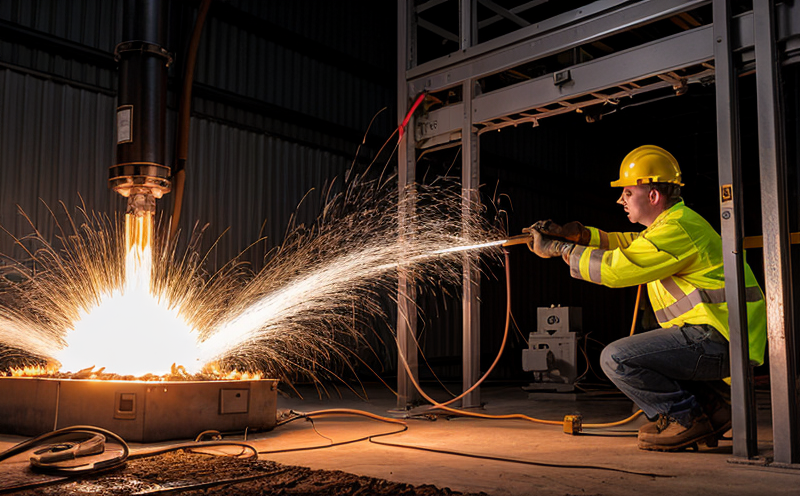
Electromechanical Safety Certification
Electromechanical Safety Certification: Ensuring Compliance and Protecting Lives In todays intercon...

Fire Safety and Prevention Standards
Fire Safety and Prevention Standards: Protecting Lives and Property Fire safety and prevention stan...
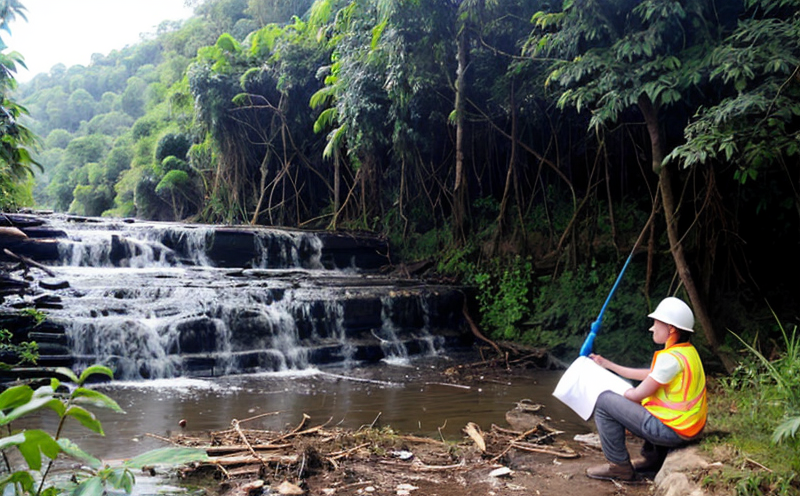
Environmental Impact Assessment
Environmental Impact Assessment: A Comprehensive Guide Environmental Impact Assessment (EIA) is a c...

Hospitality and Tourism Certification
Hospitality and Tourism Certification: Unlocking Opportunities in the Industry The hospitality and ...

Renewable Energy Testing and Standards
Renewable Energy Testing and Standards: Ensuring a Sustainable Future The world is rapidly transiti...

MDR Testing and Compliance
MDR Testing and Compliance: A Comprehensive Guide The Medical Device Regulation (MDR) is a comprehe...

NEBS and Telecommunication Standards
Network Equipment Building System (NEBS) and Telecommunication Standards The Network Equipment Bu...

Trade and Government Regulations
Trade and government regulations play a vital role in shaping the global economy. These regulations ...

Military Equipment Standards
Military Equipment Standards: Ensuring Effectiveness and Safety The use of military equipment is a ...

Automotive Compliance and Certification
Automotive Compliance and Certification: Ensuring Safety and Efficiency The automotive industry is ...

Consumer Product Safety
Consumer Product Safety: Protecting Consumers from Harmful Products As a consumer, you have the rig...

Agricultural Equipment Certification
Agricultural equipment certification is a process that ensures agricultural machinery meets specific...

Energy and Sustainability Standards
In today’s rapidly evolving world, businesses face increasing pressure to meet global energy a...

Environmental Simulation Testing
Environmental Simulation Testing: A Comprehensive Guide In todays world, where technology is rapidl...
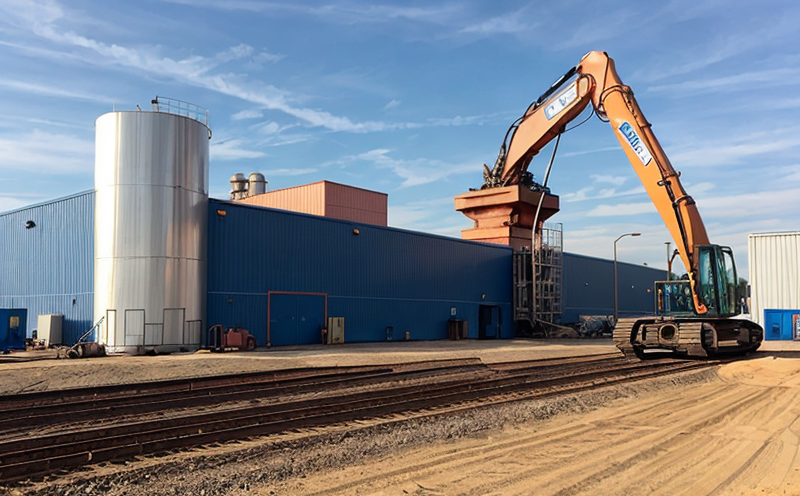
Industrial Equipment Certification
Industrial equipment certification is a critical process that ensures industrial equipment meets spe...

Pharmaceutical Compliance
Pharmaceutical compliance refers to the adherence of pharmaceutical companies and organizations to l...

Cosmetic Product Testing
The Complex World of Cosmetic Product Testing The cosmetics industry is a multi-billion-dollar ma...